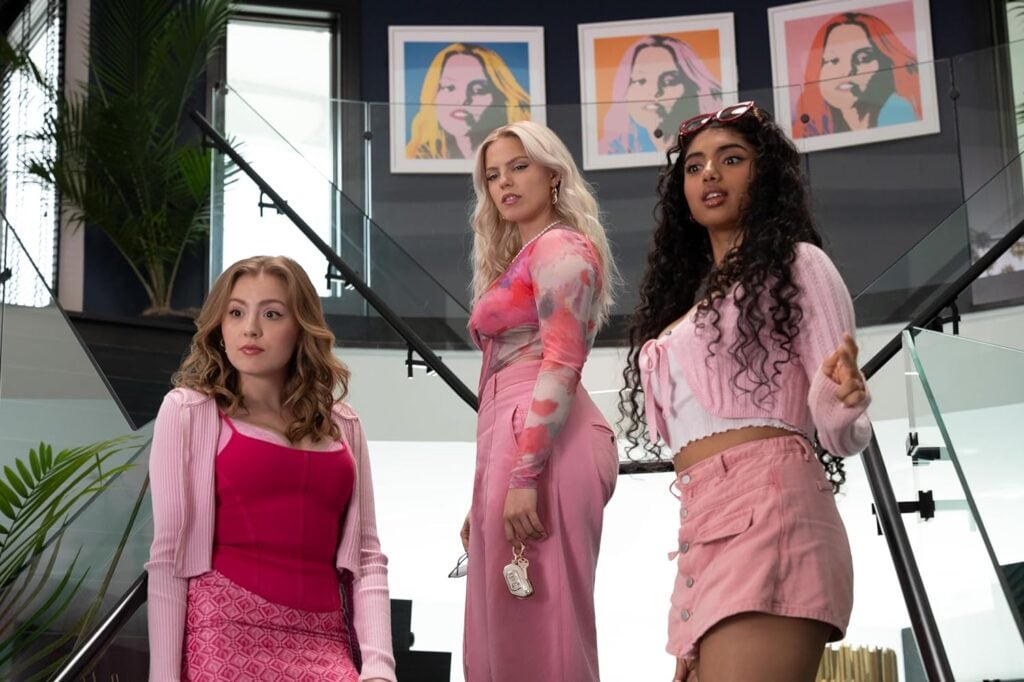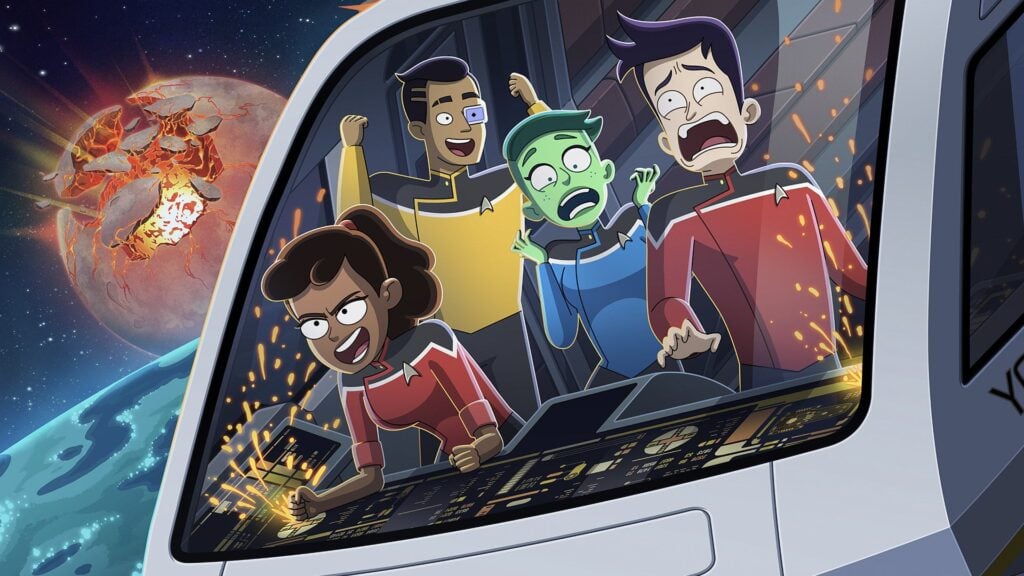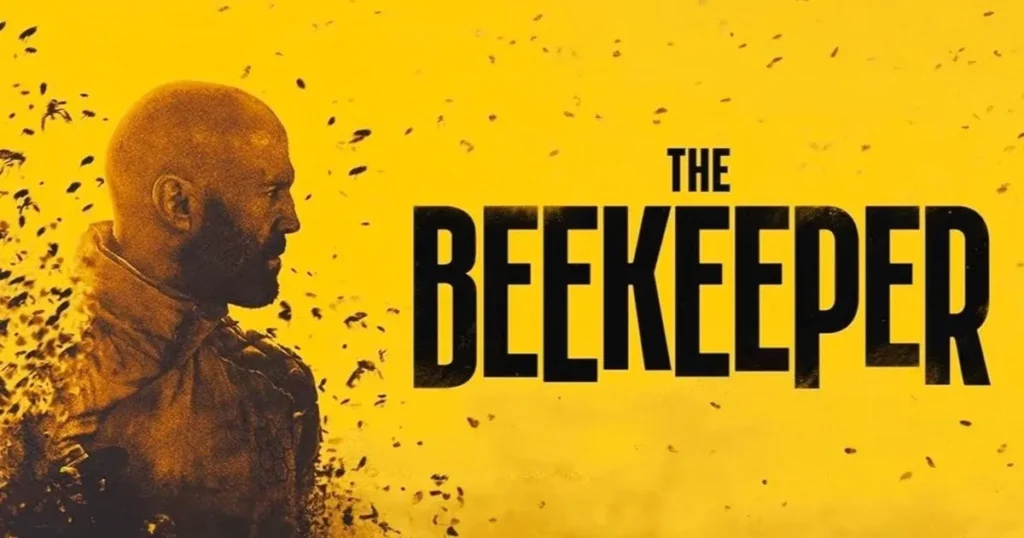For those who aren’t familiar with the story of the downfall of Irish writer Oscar Wilde at the hands of an intolerant Victorian society, Ken Hughes’ The Trials of Oscar Wilde does a good job in fleshing out the highlights of history without getting into any of the biological basics.
The Production: 4/5
The fall from grace of one of the 19th century’s most gifted writers is chronicled quite vividly in Ken Hughes’ The Trials of Oscar Wilde. Being produced in 1960 during the last decade of the Production Code’s stringent rules against on-screen portrayals of homosexuality, writer-director Hughes must walk on eggshells throughout in attempting to tell his (mostly) true story, but even within the limitations imposed upon him, the story of the Irish playwright’s catastrophic downfall at the height of his fame and popularity has dramatic heft, aided immeasurably by a clutch of outstanding performances and a script that is dotted throughout with Wilde’s most quotable and amusing epigrams.
With most of London celebrating the wit and wisdom of his plays like Lady Windermere’s Fan and The Importance of Being Earnest while whispering behind his back about his notorious reputation, Oscar Wilde (Peter Finch) enjoys living a quite lavish lifestyle favoring to spend many hours away from his wife Constance (Yvonne Mitchell) and their two young boys in the company of young men who hang on his every bon mot and seek his favor in their various endeavors. Foremost among them is Lord Alfred Douglas (John Fraser), the spoiled yet most attractive son of the bullying, brawling Marquis of Queensberry (Lionel Jeffries). Queensberry is so outraged that his son has become a notorious companion of Wilde’s that he accuses Wilde of “posing as a sodomite,” an accusation that Wilde finds libelous and which subsequently leads to a court trial which Wilde hopes will rid him and Lord Alfred of the father’s harassment once and for all. But the trial which had early-on been going Oscar’s way takes an abrupt turn resulting in Wilde’s idiomatic house of cards collapsing on him in quick and successive fashion.
Writer-director Ken Hughes spends the first hour of the film establishing Wilde’s great popularity as a writer and playwright, his excessive spending and unorthodox nightlife, and the wagging tongues of London society who have heard stories of scandalous behavior but mostly tolerate it in the hopes of further amusement through his books, plays, and lectures. We are also shown in occasional scenes the dysfunctional family of the bellowing, belligerent Marquis of Queensberry who has driven his son Lord Alfred (affectionately known as “Bosie”) out of his house and into the good graces (and open pocketbook) of Oscar Wilde. Hughes’ contention seems to be that the original libel trial was as much Bosie’s attempt to get back at his father’s abuse as Wilde’s trying to clear his name. The libel trial and the subsequent “gross indecency” trials and their aftermath constitute the second half of the film. From a 21st century perspective, it’s depressing and hideously sad and one feels distinctly the rushed nature of the trials as the film runs; there isn’t even enough time to really allow the viewer to know the ultimate fates of Wilde, Bosie, Constance and his children (though with the ending already downbeat enough, further information might have been too debilitating).
Though not resembling the real Oscar Wilde in the least, Peter Finch gives a strong, effective performance, handily tossing off the Wildeian quips and heartily embracing a raft of young men. (Obviously, there isn’t the slightest physical manifestation of homosexuality here; it’s merely talked about in mostly veiled terms). He’s particularly adept in the first courtroom scene where he handles barrister Sir Edward Carson’s (James Mason) haughty accusations with verbal aplomb. And yet, Finch and Mason’s back-and-forth in court, well shot and making full use of the wide Technirama frame, show two master actors at work volleying and parrying superbly in the movie’s best sequence. John Fraser as the spoiled, petulant, and completely selfish Lord Alfred also gives a fantastic performance: despite his good looks, he’s loathsome from beginning to end. Yvonne Mitchell is a pleasant Constance, but she’s not allowed to explore the depths of the character’s likely confusion or shame. Lionel Jeffries plays the pugnacious Marquis of Queensberry all of one color, but he’s nevertheless a memorable and most offensive villain. Emrys Jones plays Wilde’s steadfast friend Robbie Ross with appealing simplicity while Nigel Patrick as Oscar’s barrister Sir Edward Clarke, Maxine Audley as another Wilde friend Ada Leverson, and James Booth as would-be blackmailer Alfred Wood all add impressive if brief portraits to the proceedings.
Video: 3.5/5
3D Rating: NA
The film’s original Technirama aspect ratio of 2.35:1 is faithfully rendered in 1080p resolution using the AVC codec. From the opening credits and throughout the presentation, there are dust specks, digs, and occasional scratches which MGM engineers have not dealt with. Images are sharp and reliably colorful (though flesh tones vary and are occasionally a beige-like tan). There is some flicker in the image, too, often in scenes where light is excessive. Black levels are very good, however. The movie has been divided into 8 chapters.
Audio: 5/5
The DTS-HD Master Audio 2.0 mono sound mix is strong and clear. Dialogue has been well-recorded and has been mixed nicely with Ron Goodwin’s background score and the various sound effects. There are no problems with excessive hiss, crackle, pops, or flutter.
Special Features: 1/5
Theatrical Trailer (3:45, HD)
Kino Trailers: Room at the Top, The Chalk Garden, Isadora, He Who Must Die, The Queen of Spades, Murder by Decree, among others.
Overall: 3.5/5
For those who aren’t familiar with the story of the downfall of Irish writer Oscar Wilde at the hands of an intolerant Victorian society, Ken Hughes’ The Trials of Oscar Wilde does a good job in fleshing out the highlights of history without getting into any of the biological basics. Those who want more prurient details might wish to try Brian Gilbert’s 1998 Wilde for a fuller and more explicit account.
Matt has been reviewing films and television professionally since 1974 and has been a member of Home Theater Forum’s reviewing staff since 2007, his reviews now numbering close to three thousand. During those years, he has also been a junior and senior high school English teacher earning numerous entries into Who’s Who Among America’s Educators and spent many years treading the community theater boards as an actor in everything from Agatha Christie mysteries to Stephen Sondheim musicals.
Post Disclaimer
Some of our content may contain marketing links, which means we will receive a commission for purchases made via those links. In our editorial content, these affiliate links appear automatically, and our editorial teams are not influenced by our affiliate partnerships. We work with several providers (currently Skimlinks and Amazon) to manage our affiliate relationships. You can find out more about their services by visiting their sites.







Similar threads